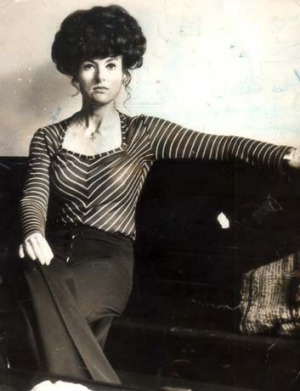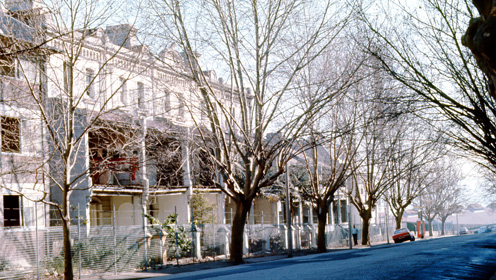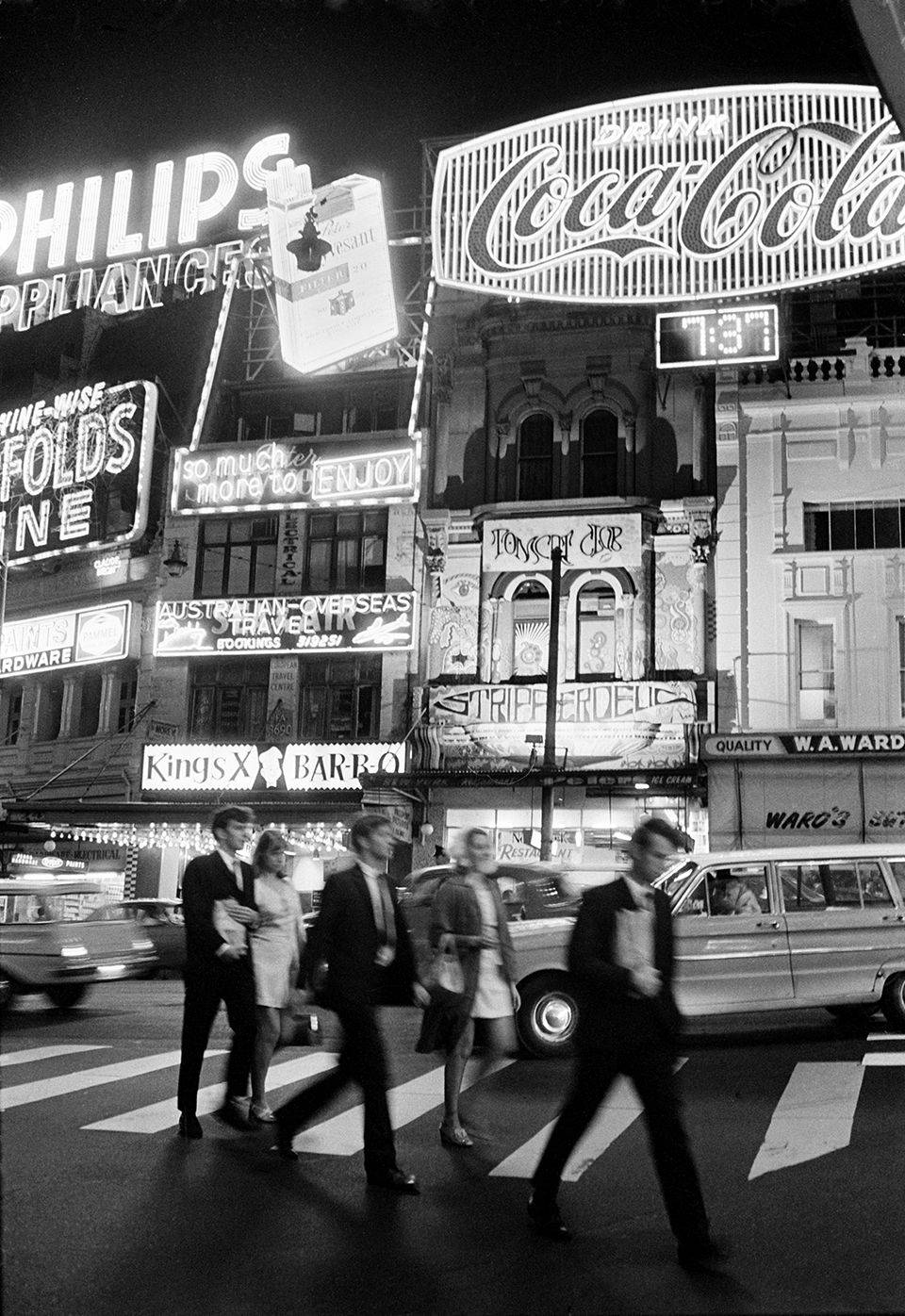
Juanita Neilsen. Photo: Nigel McNei via Sydney Morning Herald
This Saturday 4 July 2015 marks the 40th anniversary of the disappearance of the heritage conservationist and publisher Juanita Nielsen. Even today, the mystery of her disappearance and presumed murder continues to overshadow her story, however, Nielsen is also remembered for her active role campaigning against the development of Victoria Street in Sydney’s Potts Point. I spoke to Mitch about it on 2SER Breakfast…
Juanita Nielsen was born in 1937, her grandfather was Mark Foy, who established the famous department store in his name on Oxford Street, Sydney in 1885. Juanita became a larger-than-life character in The Cross during the early 1970s. She was the publisher of a newspaper called Now from 1967, working from her terrace at 202 Victoria Street in Potts Point. She was a tall, stylish and sassy woman, locals said she was always exceptionally well-dressed.
When developers began to work their way into Victoria Street in 1973, some of the poorer tenants were evicted and Juanita decided to take a stand. She published articles in her newspaper against the demolition of the Victoria Street terraces and tenant evictions. She joined local action groups including the Victoria Street Ratepayers’ Association to galvanise the community to oppose the redevelopment. Many of the beautiful historic properties on Victoria Street were in poor condition, and developers planned to demolish them to make way for residential towers with one plan detailing a building at 45 storeys.

Terrace houses in Victoria Street, Potts Point are fenced off before being demolished in 1980. Courtesy of City of Sydney Archives.
Juanita also supported what became known as the ‘Green Bans’ movement, which saw trade unions join residents in their campaign against redevelopment. Labourers employed to construct skyscrapers, shopping precincts and these big residential towers refused to work on projects considered environmentally damaging or a threat to heritage conservation. The movement was the first of its type in the world, and after campaigning a ‘green ban’ was placed on Victoria Street and parts of Woolloomooloo in April 1973.

William Street in Kings Cross at night 1970, by John Fitzpatrick, National Archives of Australia
But this ruffled feathers and took its toll on its participants as armed thugs vandalised buildings marked for demolition and threatened residents. One green ban activist disappeared and returned to the area allegedly ‘too frightened to say what happened to him’.
On 4 July 1975, at exactly 11:20am, Juanita was seen publicly for the last time, getting into a yellow Ford Falcon. She had attended a business meeting at 10:30am at the Cross nightclub The Carousel. Since her disappearance, strong suspicions fell on James McCartney Anderson, who managed the Carousel and was a prominent figure in Sydney’s criminal underworld.
However, Juanita’s body has never been found and no one has ever been charged with her murder. As Lisa Murray, my fellow Dictionary of Sydney 2SER guest has noted, ‘Juanita remains a symbol of people power and her disappearance sits at the heart of one of Sydney’s most enduring mysteries’. And writer Peter Rees, who published a book about Juanita in 2004, articulated her contribution to our city quite nicely: ‘Juanita’s legacy transcends and inspires the struggle for the soul of Sydney’.
ABC Archive footage from 1976, via ABC Pool
Visit the Dictionary of Sydney and listen to my segment at 2SER radio. For other interesting segments, see my Dictionary of Sydney project post and visit the Dictionary of Sydney blog.
Further reading:
- Lisa Murray, ‘Juanita Nielsen‘, City of Sydney
- The Strip on the Strip (PDF), City of Sydney Walking Historical Tour
- Peter Rees, Killing Juanita : a true story of murder and corruption (Sydney: Allen and Unwin, 2004).
